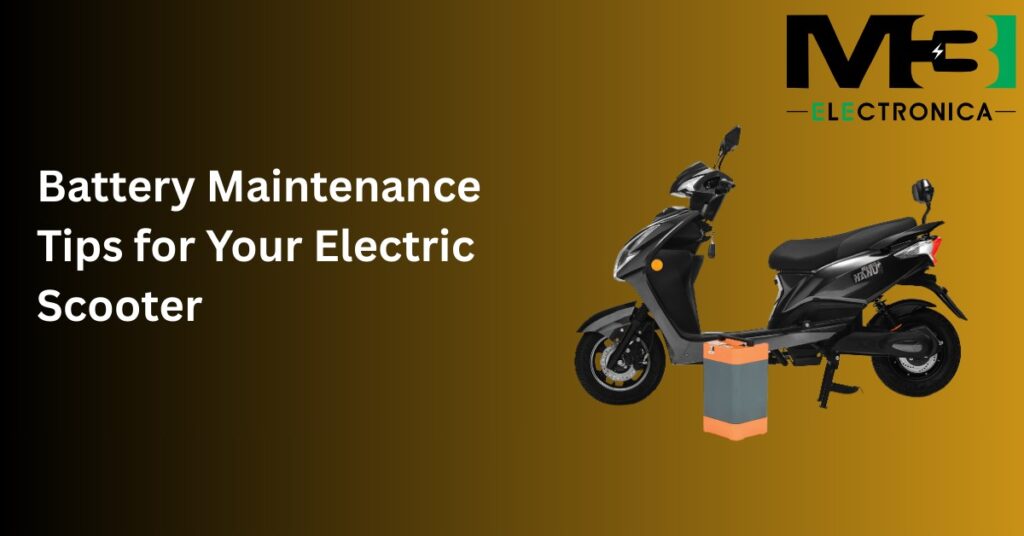Electric Scooter Battery Maintenance: Tips for Long-Lasting Performance
Electric scooters are becoming an increasingly popular choice for daily commuting, especially in cities where traffic congestion and rising fuel prices are everyday challenges. While these eco-friendly rides are convenient and cost-effective, their performance heavily depends on the health of the battery. By following the right maintenance habits, you can maximize your battery’s lifespan, preserve its peak performance, and ensure your rides stay smooth and reliable for years ahead.
1. Charge Smartly — Avoid Extremes
One of the most common mistakes scooter owners make is letting the battery fully drain before charging. Lithium-ion batteries, which are common in electric scooters, work best when kept between 20% and 80% charge. Avoid full discharges and overcharging for long periods. Ideally, charge your scooter when it drops to around 30% and unplug it at about 90%.
Pro Tip: Avoid leaving your scooter charging overnight, especially during hot weather, to prevent overheating and potential battery damage.
2. Use the Recommended Charger
Always use the original charger provided with your scooter or a certified replacement designed for your model. Different scooters require specific voltage and amperage levels, and using an incompatible charger can cause overheating, reduced battery life, or permanent damage.
3. Protect from Extreme Temperatures
Heat and cold can significantly affect battery health. In hot climates, store your scooter indoors and away from direct sunlight. In colder regions, avoid leaving it outside overnight during freezing temperatures.
Storage Tip: Keep your scooter in a cool, dry space ideally between 10°C and 30°C.
4. Don’t Ride on an Empty Battery
Consistently riding until the battery is completely drained can lead to “deep discharge,” which reduces its long-term capacity. Plan trips in a way that you avoid hitting 0% charge. For frequent long-distance rides, opting for a scooter with a removable battery allows you to quickly swap in a charged one and keep your trip going without delays.
5. Recharge Periodically if Not in Use
If you’re storing your scooter for weeks at a time, remember that batteries naturally lose charge even when idle. Charge it to about 50–60% before storage and top it up every few weeks to prevent deep discharge.
Final Word
Maintaining your electric scooter’s battery doesn’t require much effort, but it makes a big difference in performance and lifespan. By following these simple practices, you can enjoy longer rides, lower running costs, and a more reliable commute. Whether you use your scooter for daily city travel or occasional weekend trips, a little care goes a long way in keeping your ride efficient and eco-friendly.
Frequently Asked Questions (FAQs)
- What’s the ideal charging routine for an electric scooter?
Charge it when the battery drops to around 30%. Avoid letting it fully discharge or keeping it plugged in at 100% for too long. - Can I use a different charger?
Only use the charger that came with your scooter or an approved replacement for your specific model. - How should I store the battery during off-season use?
Charge the battery to about 50–60% before storage, keep it indoors in a cool, dry place, and recharge every 3–4 weeks.
4. What steps can I take to safeguard my scooter’s battery during extreme heat?
Avoid prolonged exposure to direct sunlight and store your scooter in shaded or indoor spaces whenever possible.
- How long do electric scooter batteries last?
When maintained properly, most electric scooter batteries can serve reliably for 2–4 years, delivering anywhere from 500 to 1,000 charging cycles.



